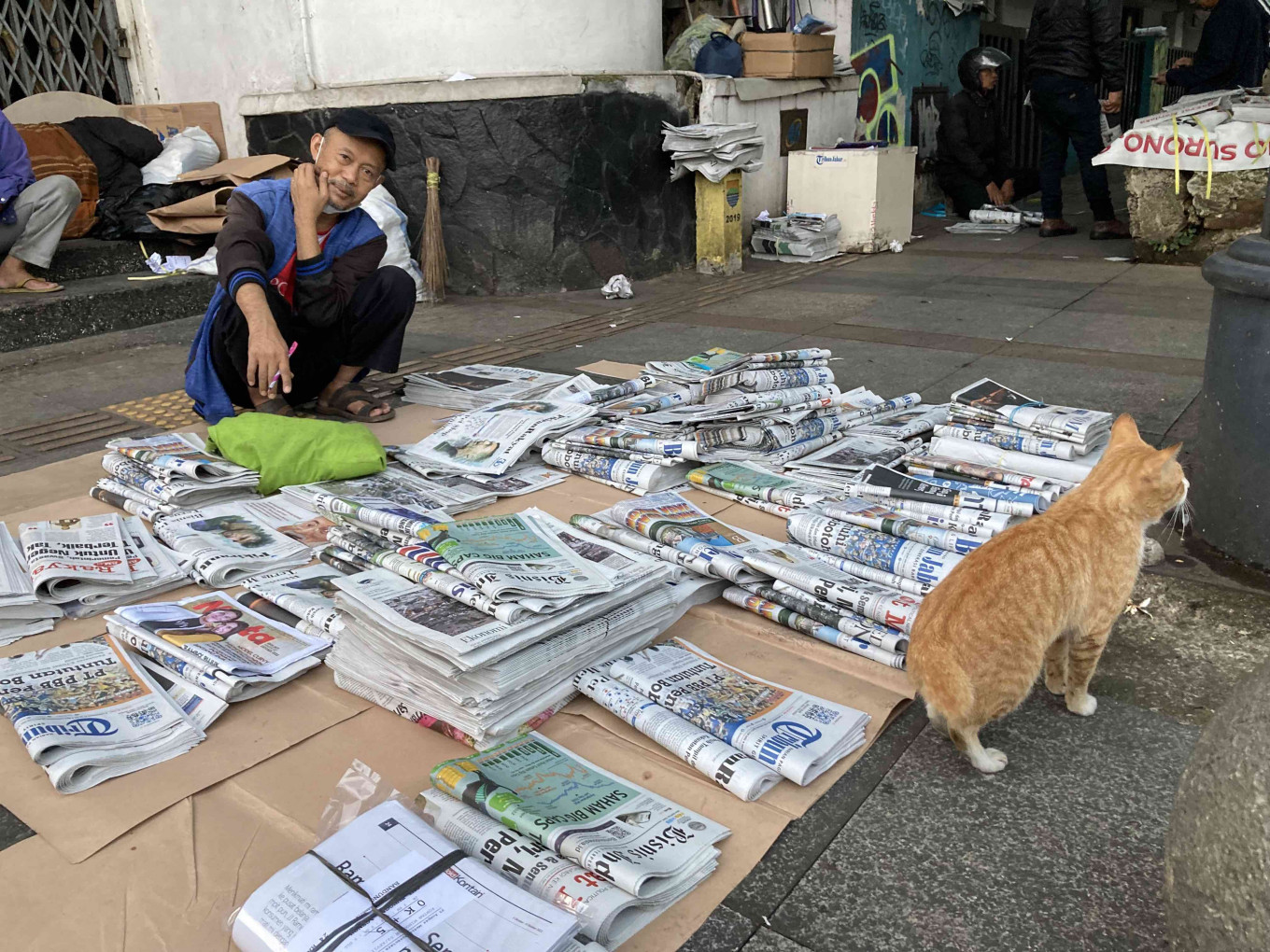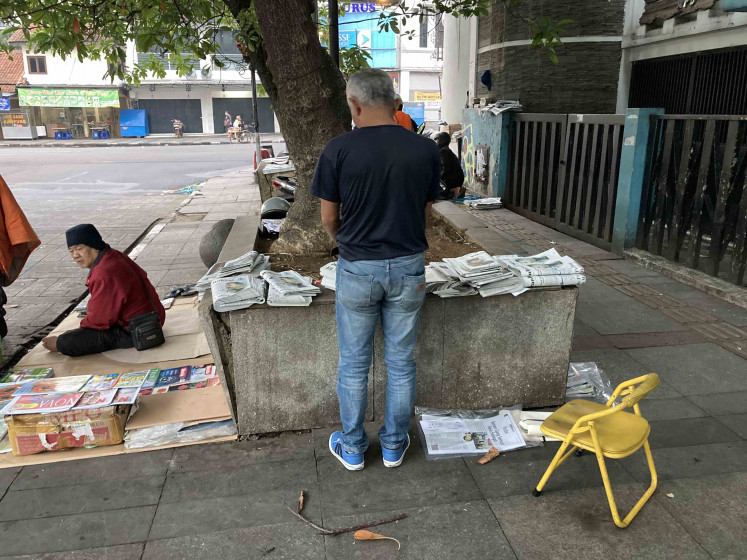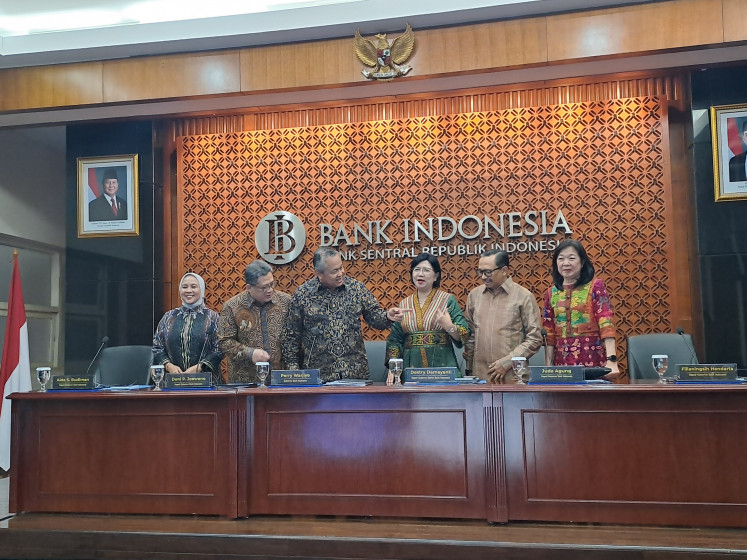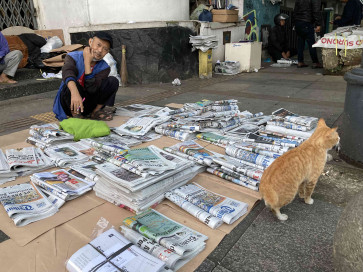Popular Reads
Top Results
Can't find what you're looking for?
View all search resultsPopular Reads
Top Results
Can't find what you're looking for?
View all search resultsThe golden days of print media: Cikapundung print market and distribution center
Change text size
Gift Premium Articles
to Anyone
W
ith demand for print media collapsing in the face of digitalization, we take a closer look at the lives of some of the people in Bandung’s once-largest print market and distribution center.
At 4 a.m., way before daybreak, stacks of newspapers and magazines line the pavements of Jl. Ir. Sukarno in Bandung, West Java. Formerly named Jl. Cikapundung Timur, the area has been used as an informal distribution center and a market for domestic printed media since the late 1970s, where newsagents, peddlers and newspaper delivery men gather before dispersing into every nook and cranny of the city.
In the golden age of print media, the bustle would last until noon, when some newspapers’ afternoon editions came fresh off the presses and were dropped off in bulk at the distribution center.
Nowadays, the market is usually dead by 9 a.m., at the latest, with most newsagents running out of their stock of newspapers and magazines and starting to tidy up not long after 7:30 a.m. The newsagents running out of stock of newspapers, however, does not necessarily indicate that the market is doing remarkably well.
Point of no return: Dedy goes through his newspaper stock not long after daybreak, matching his inventory with the hand-written note that he has kept while monitoring the circulation since 3:30 a.m. (JP/Anindito Ariwandono) (JP/Anindito Ariwandono)Toppling demand
Under the barrage of the internet and the advent of smartphones—which maximizes the accessibility of online media—especially once they became ubiquitous during the last decade, the demand for print has been in steady decline. With both deteriorating advertising revenue and a loss of readership, the industry had been struggling even before the COVID-19 pandemic hit.




















